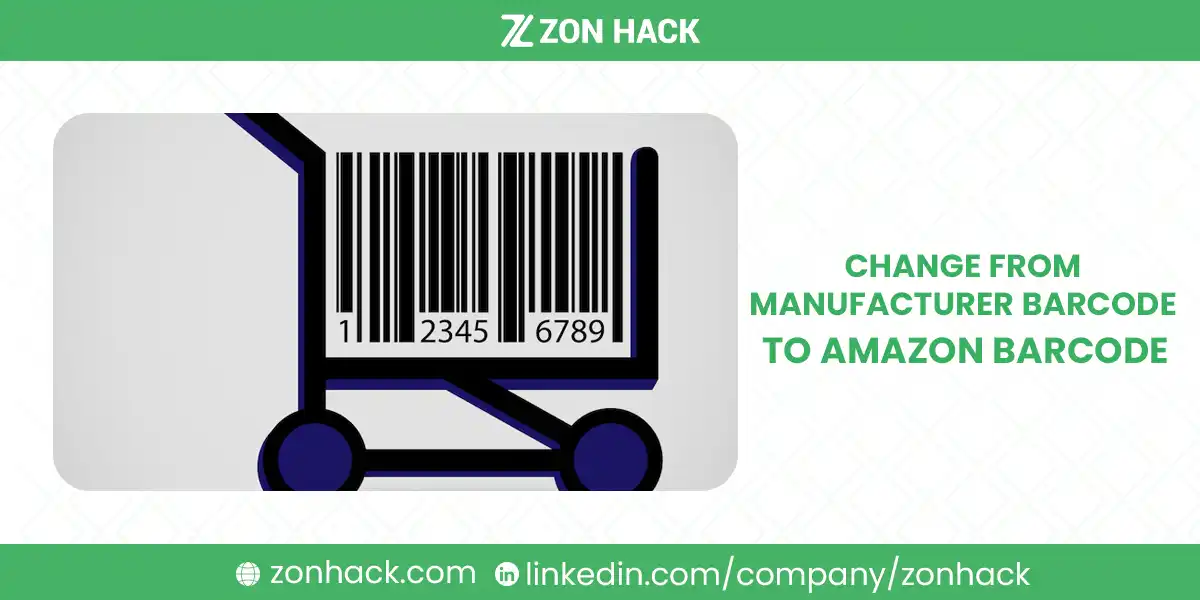Transitioning from manufacturer barcodes to Amazon barcodes represents a crucial step for sellers operating on the Amazon marketplace. This comprehensive process, while initially appearing complex, plays a vital role in streamlining inventory management and preventing common fulfillment issues that many sellers encounter.
The shift from traditional manufacturer barcodes to Amazon’s proprietary system marks a significant milestone in a seller’s journey toward professional Amazon selling. This guide provides an extensive walkthrough of the entire process, ensuring sellers can navigate this transition smoothly while maintaining their business operations.
Understanding Barcode Types on Amazon
The Amazon marketplace utilizes two primary types of barcodes, each serving distinct purposes in the fulfillment process. Manufacturer barcodes, technically referred to as MSKUs (Manufacturer Stock Keeping Units), are the original barcodes that manufacturers print on their products. These standardized codes, often in UPC or EAN format, serve as universal product identifiers across all retail channels.
Amazon barcodes, known as FNSKUs (Fulfillment Network Stock Keeping Units), represent Amazon’s proprietary identification system. These unique identifiers are specifically designed for Amazon’s fulfillment network, offering enhanced tracking capabilities and improved inventory management. FNSKUs prove particularly valuable in preventing inventory commingling, a situation where similar products from different sellers might get mixed in Amazon’s warehouses.
Step-by-Step Process to Change Barcode Settings
The barcode conversion process begins with accessing Amazon Seller Central, the primary interface for all seller-related operations.
Here’s how you can make the switch in your Seller Central account.
- Sign into your Amazon Seller Central account
- Look for the gear icon (Settings) in the top-right corner of your screen
- From the dropdown menu, select Fulfillment by Amazon“
- Scroll down until you spot the FBA Product Barcode Preference section
- Click to change your preference from Manufacturer Barcode to Amazon Barcode
- Lastly, click on Save Changes at the bottom of the page
Creating New SKUs When Direct Changes Aren’t Possible
In certain situations, direct barcode conversion might not be feasible, necessitating the creation of new SKUs. This scenario typically occurs with older listings or when dealing with specific product categories that have unique requirements.
The process begins in the Inventory Management section of Seller Central. Sellers need to access their product catalog and prepare for creating new listings. This involves gathering all relevant product information, including titles, descriptions, and category classifications.
When creating new SKUs, sellers must carefully consider their existing inventory and plan for a transition period. This might involve maintaining dual listings temporarily while old inventory sells through and new inventory with Amazon barcodes enters the system.
The new SKU creation process requires attention to detail in several areas:
- Product Information Management Sellers must ensure all product details transfer accurately to the new listings. This includes maintaining consistent titles, bullet points, descriptions, and all relevant product attributes.
- Inventory Planning Creating a detailed transition plan helps manage inventory levels during the switch. This includes decisions about when to stop sending inventory with old barcodes and when to begin using the new system.
- Pricing Strategy Sellers should maintain consistent pricing between old and new listings to prevent customer confusion and maintain sales velocity.
- Listing Optimization The creation of new SKUs presents an opportunity to optimize product listings with improved keywords, enhanced descriptions, and updated images.
Conclusion
The transition from manufacturer barcodes to Amazon barcodes represents a significant step forward in professional Amazon selling. While the process requires careful planning and execution, the long-term benefits make it worthwhile for serious sellers on the platform.
The enhanced inventory tracking and reduced commingling risks provide valuable advantages that can help grow and protect an Amazon business. Sellers who take the time to implement these changes correctly will find themselves better positioned for success in the competitive Amazon marketplace.




